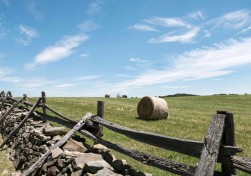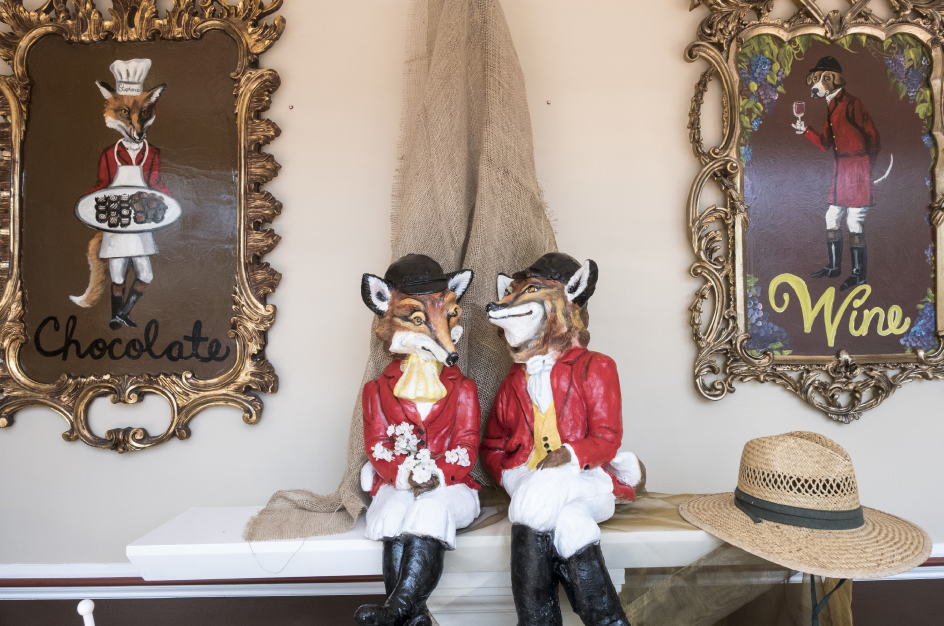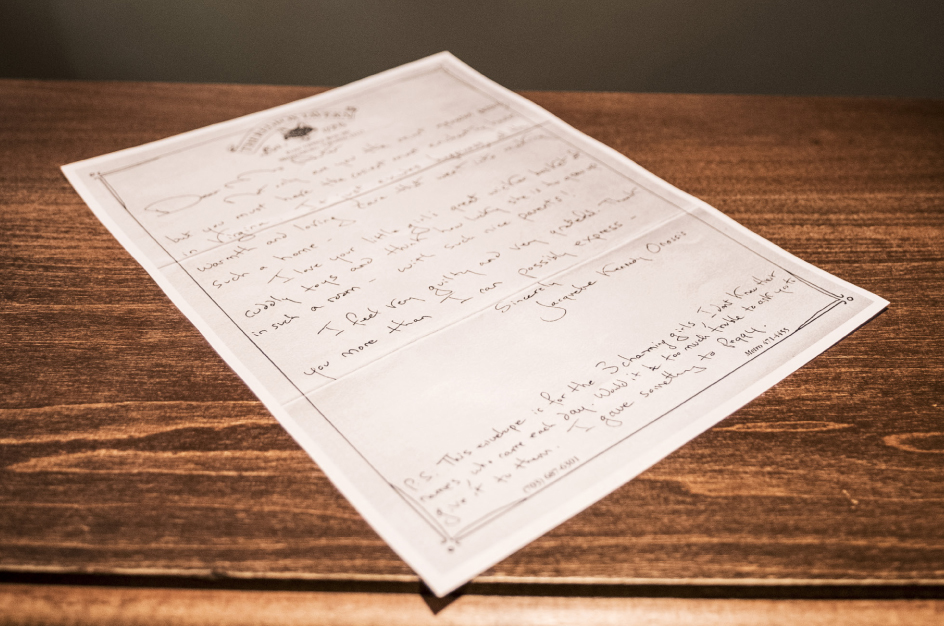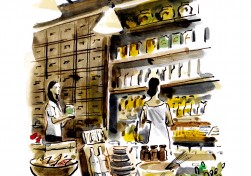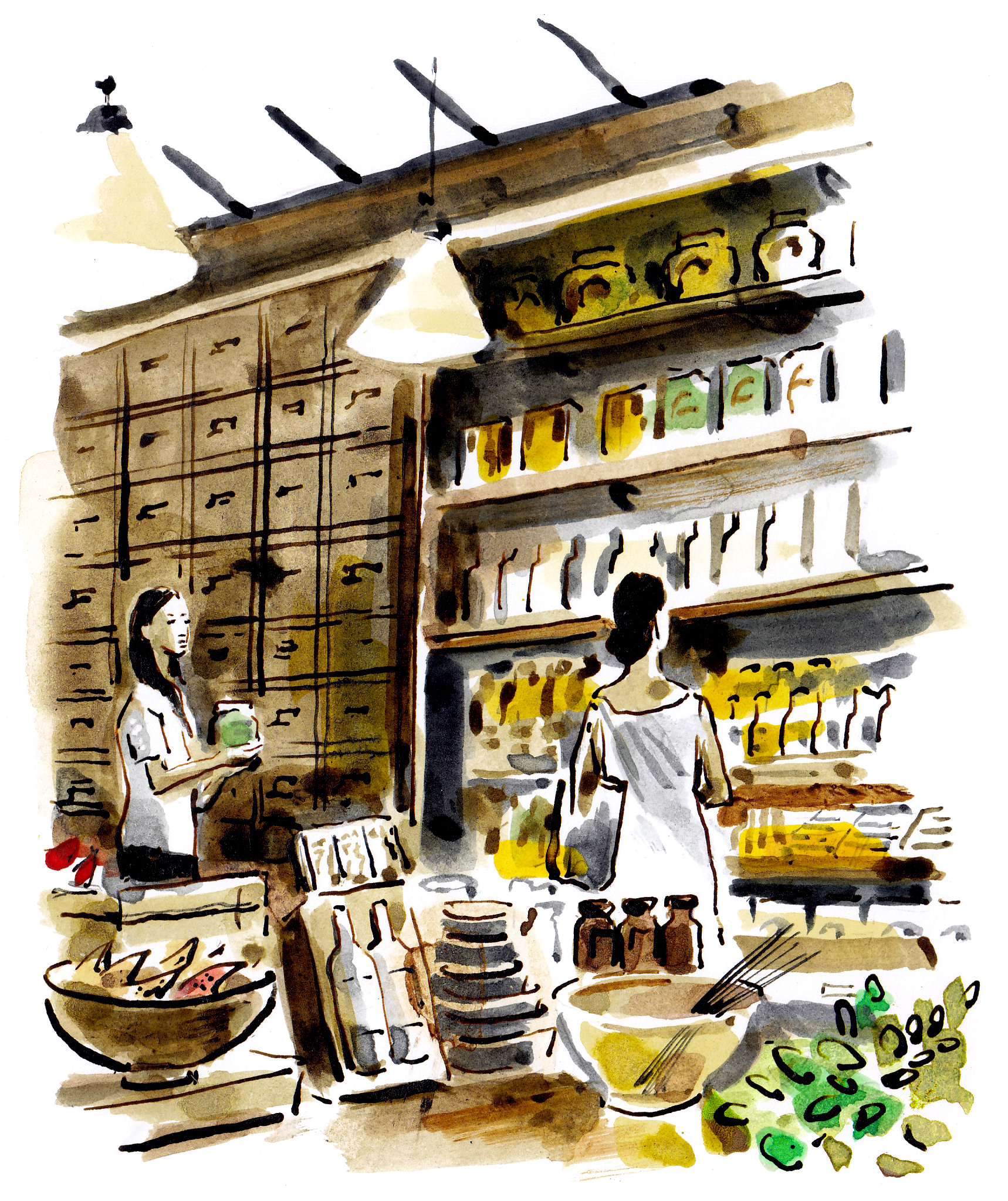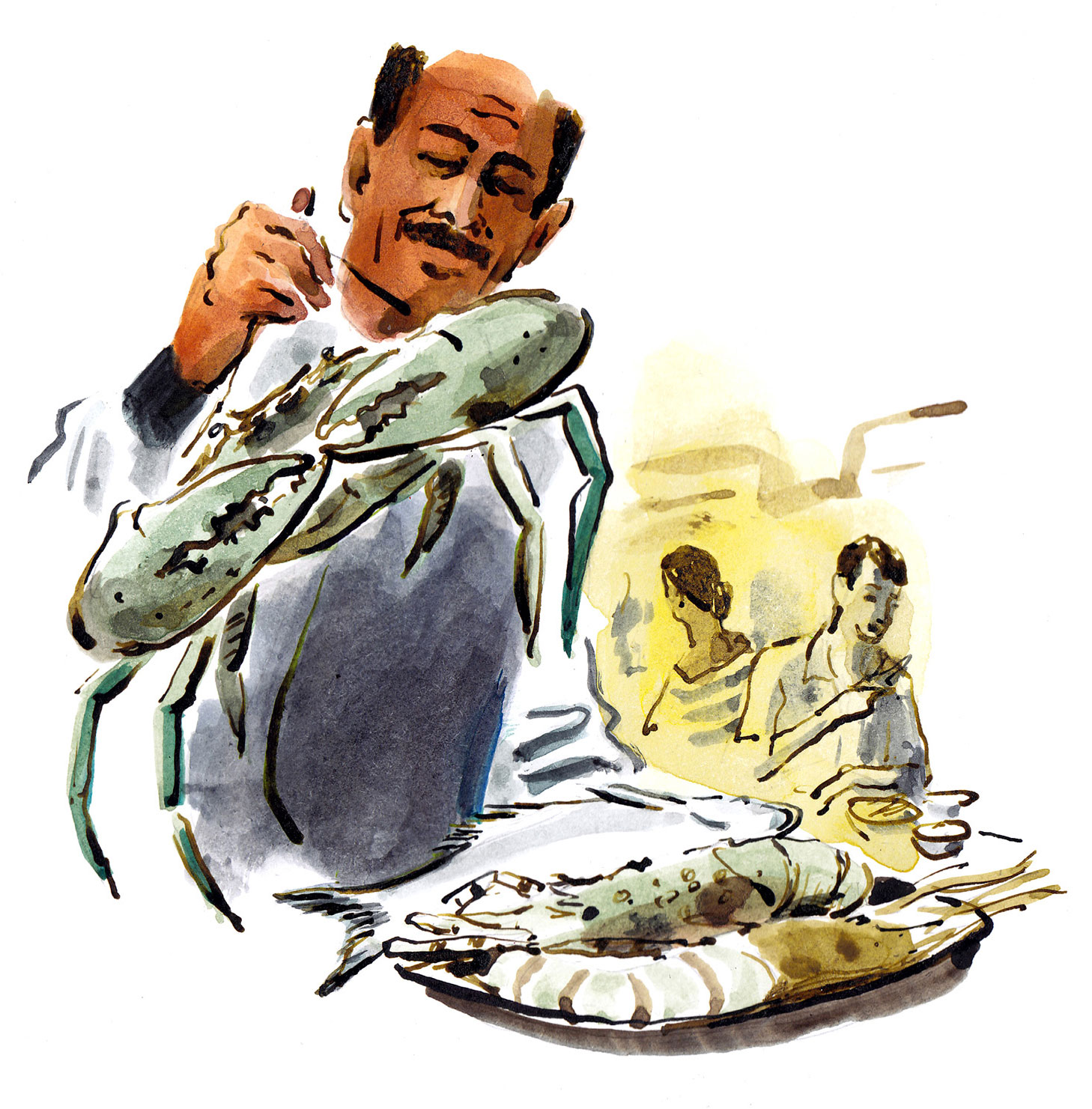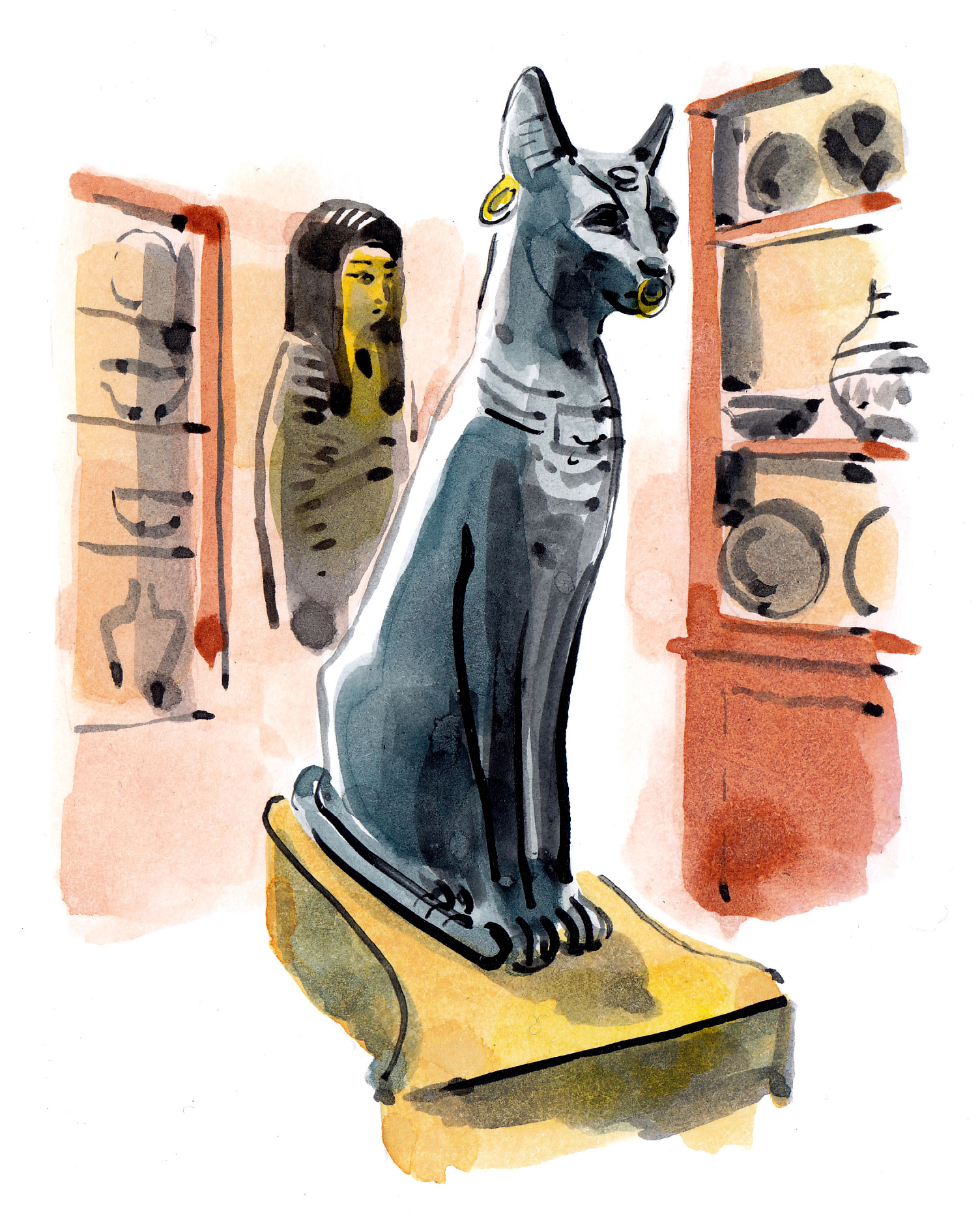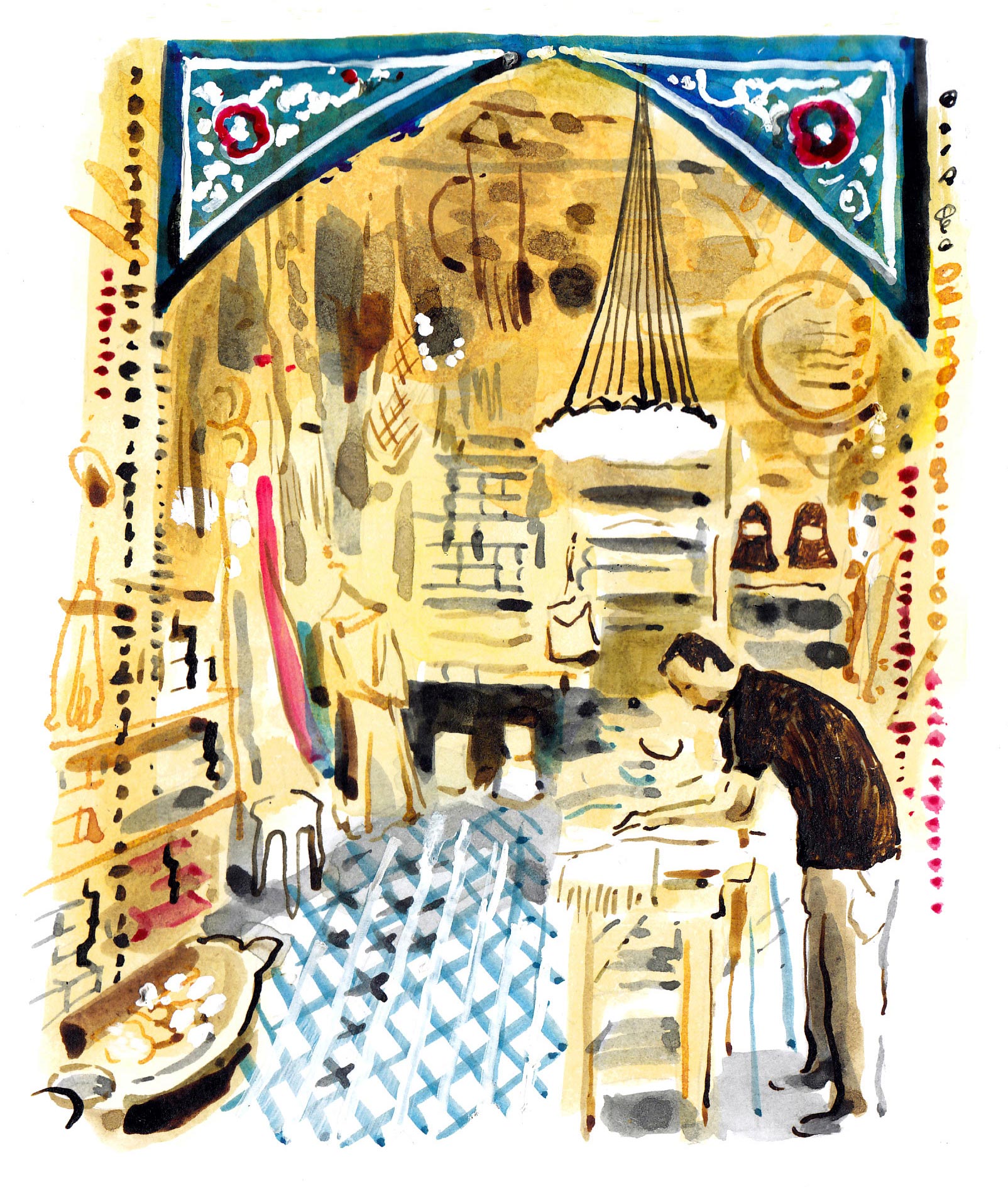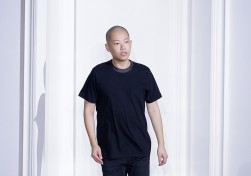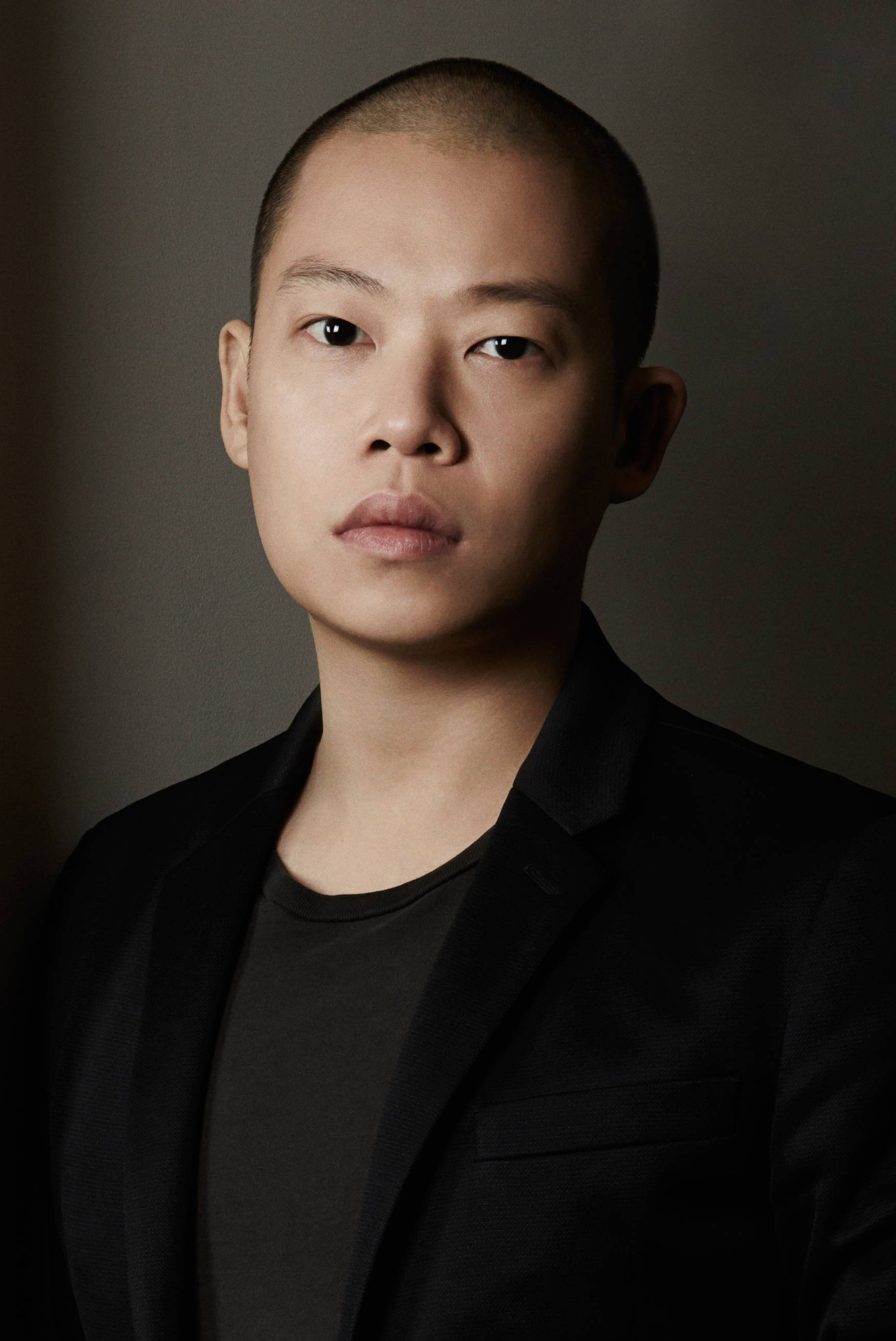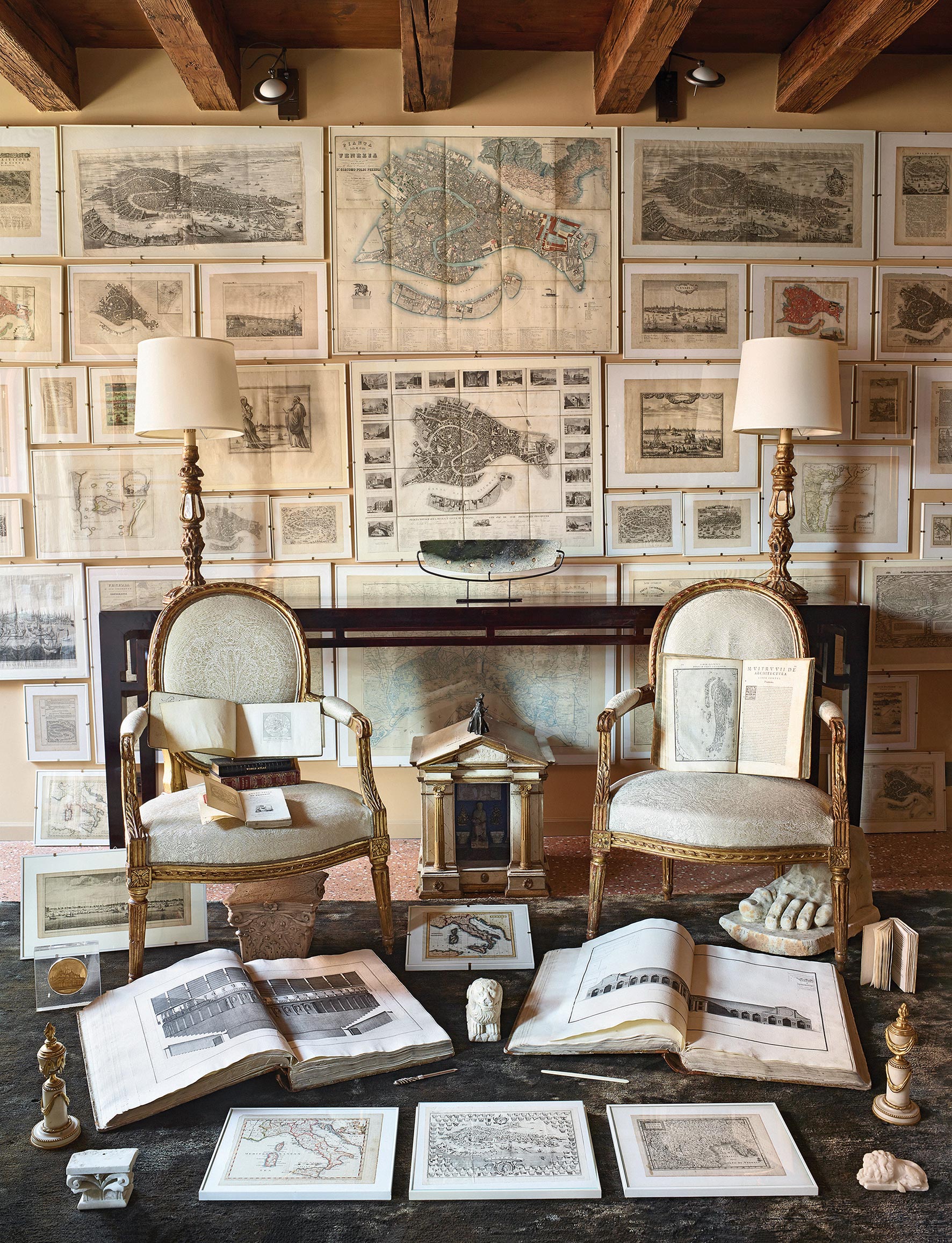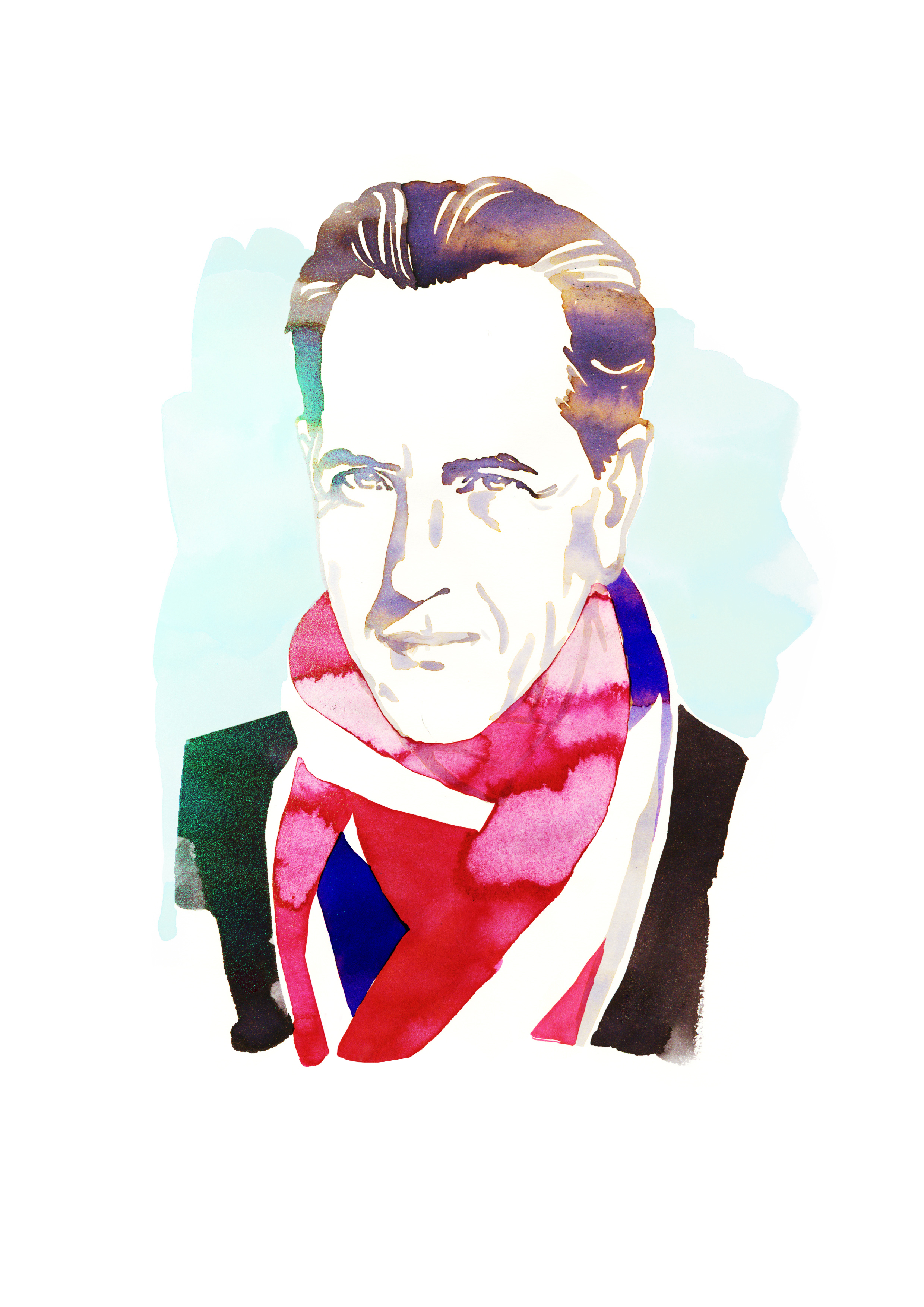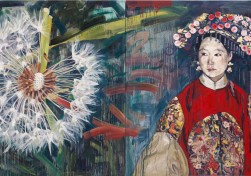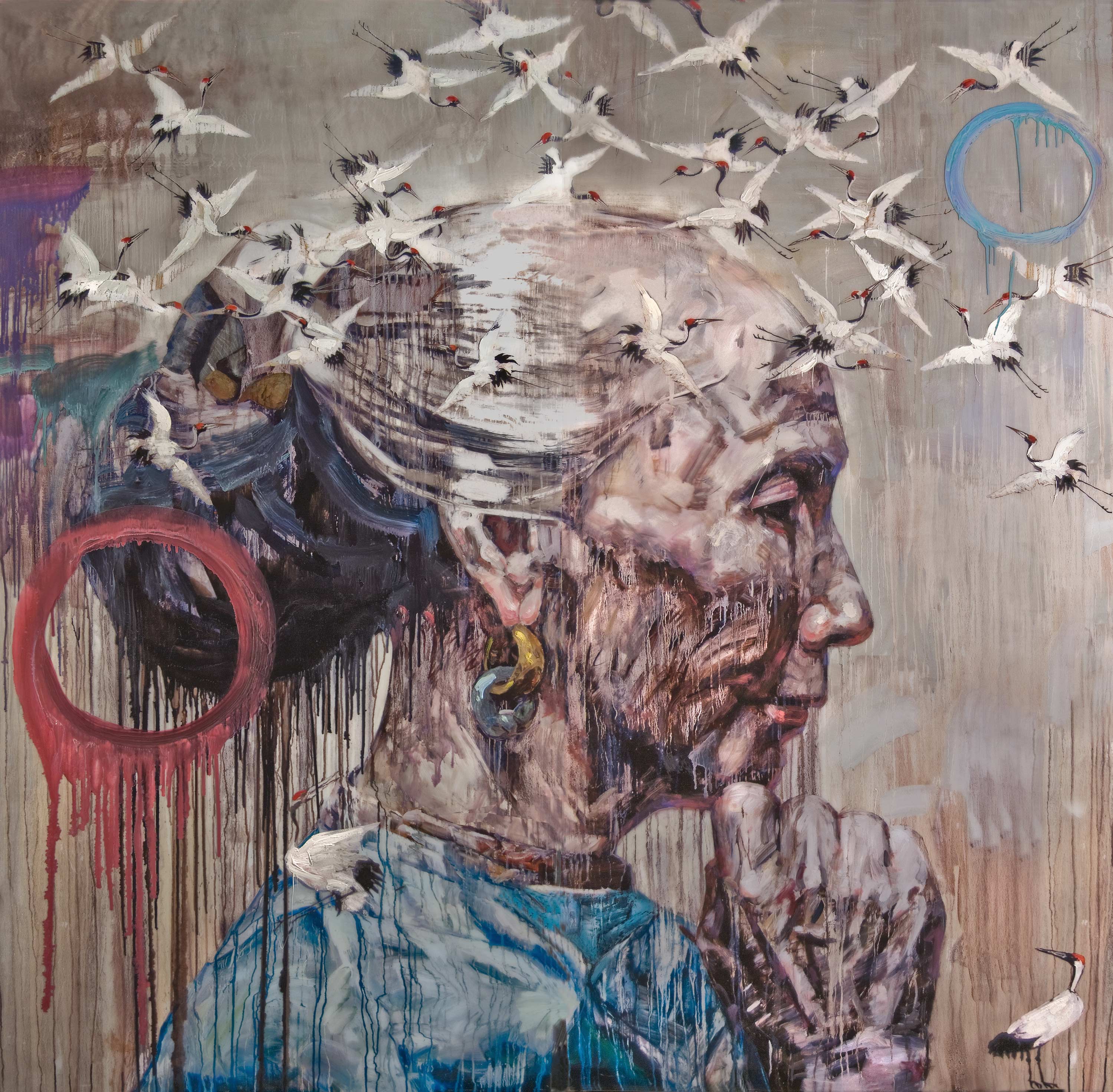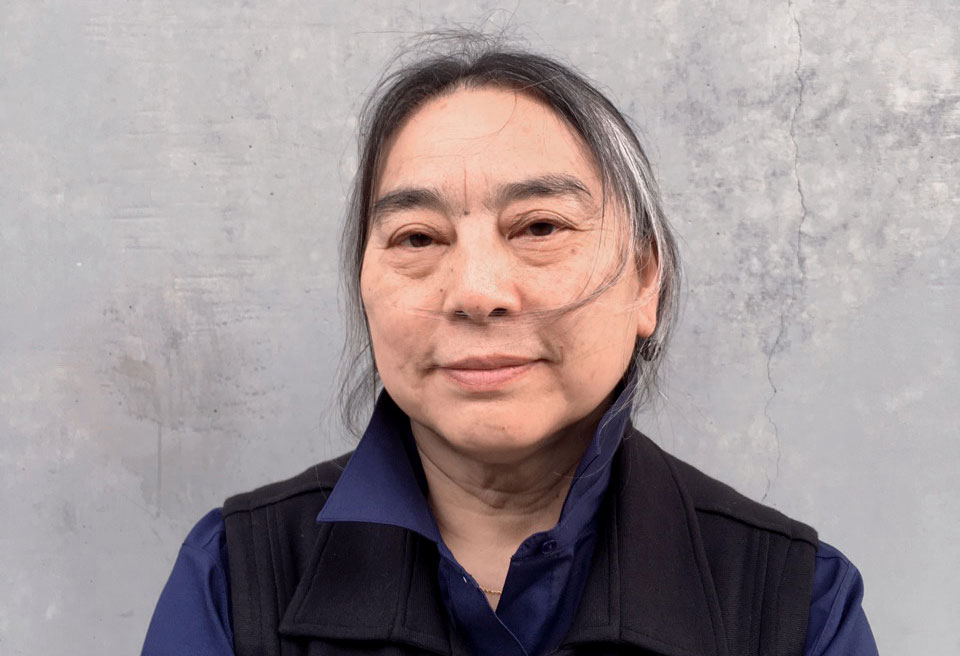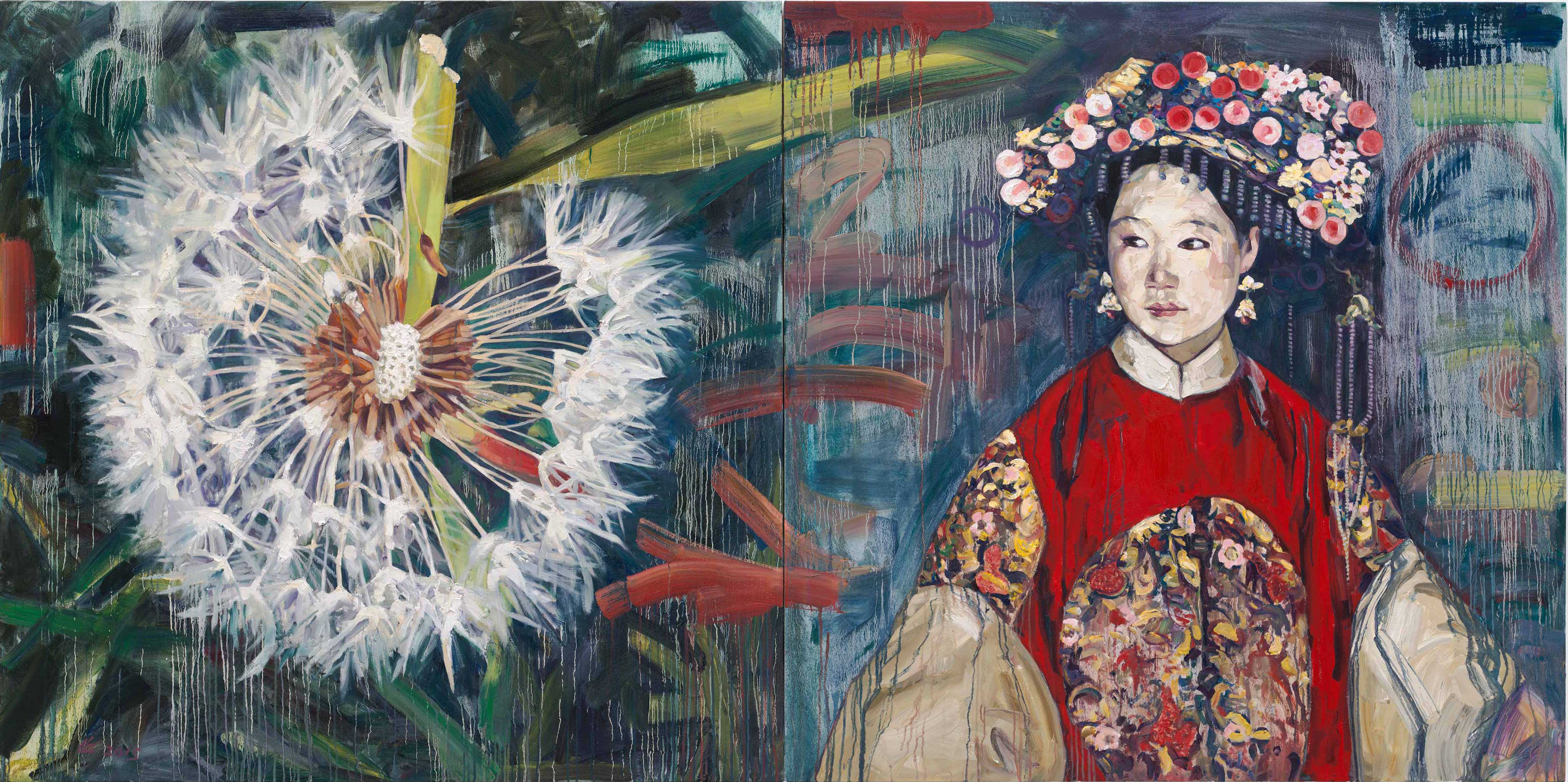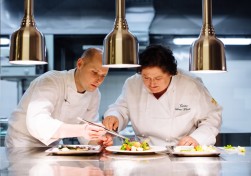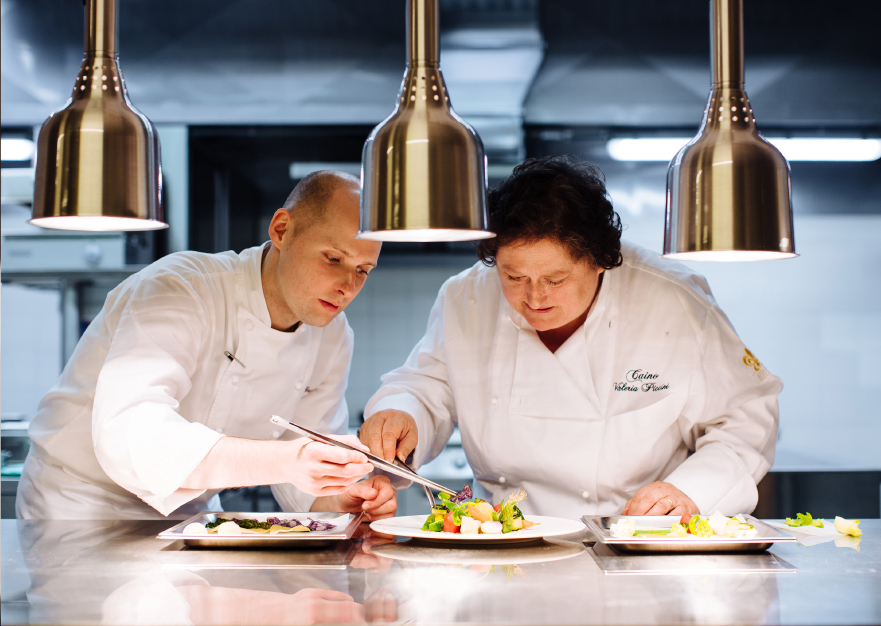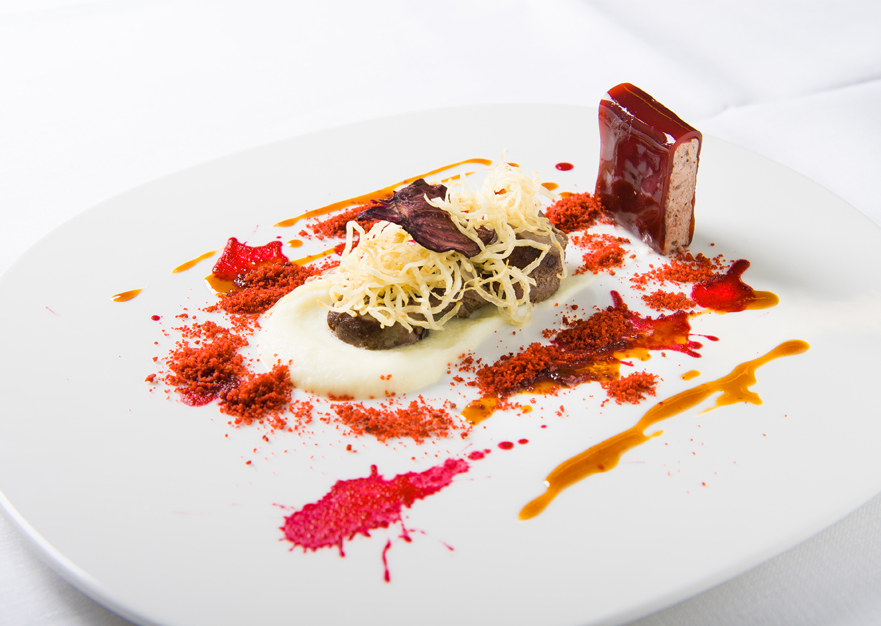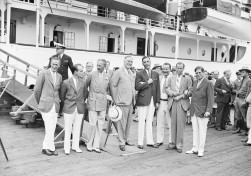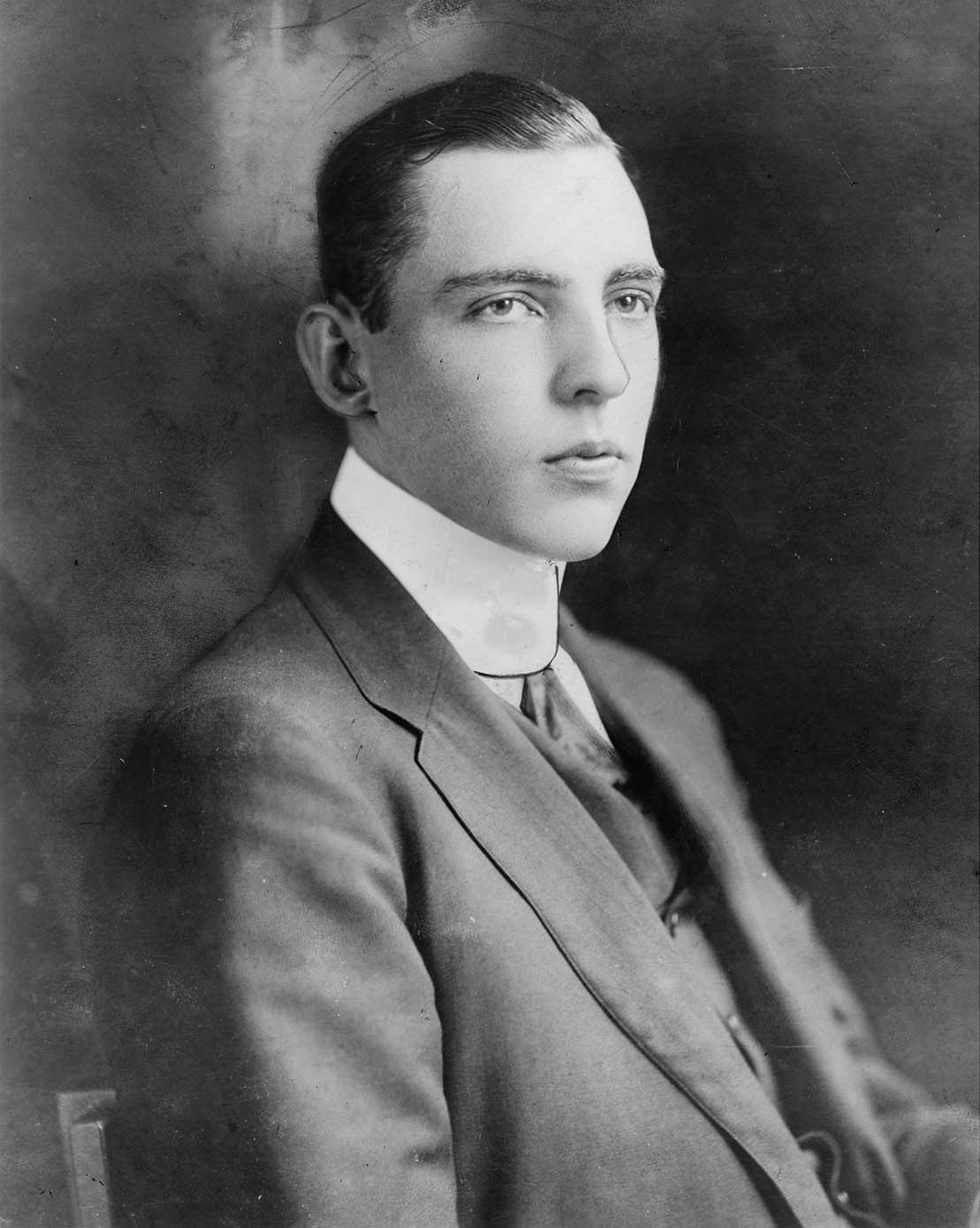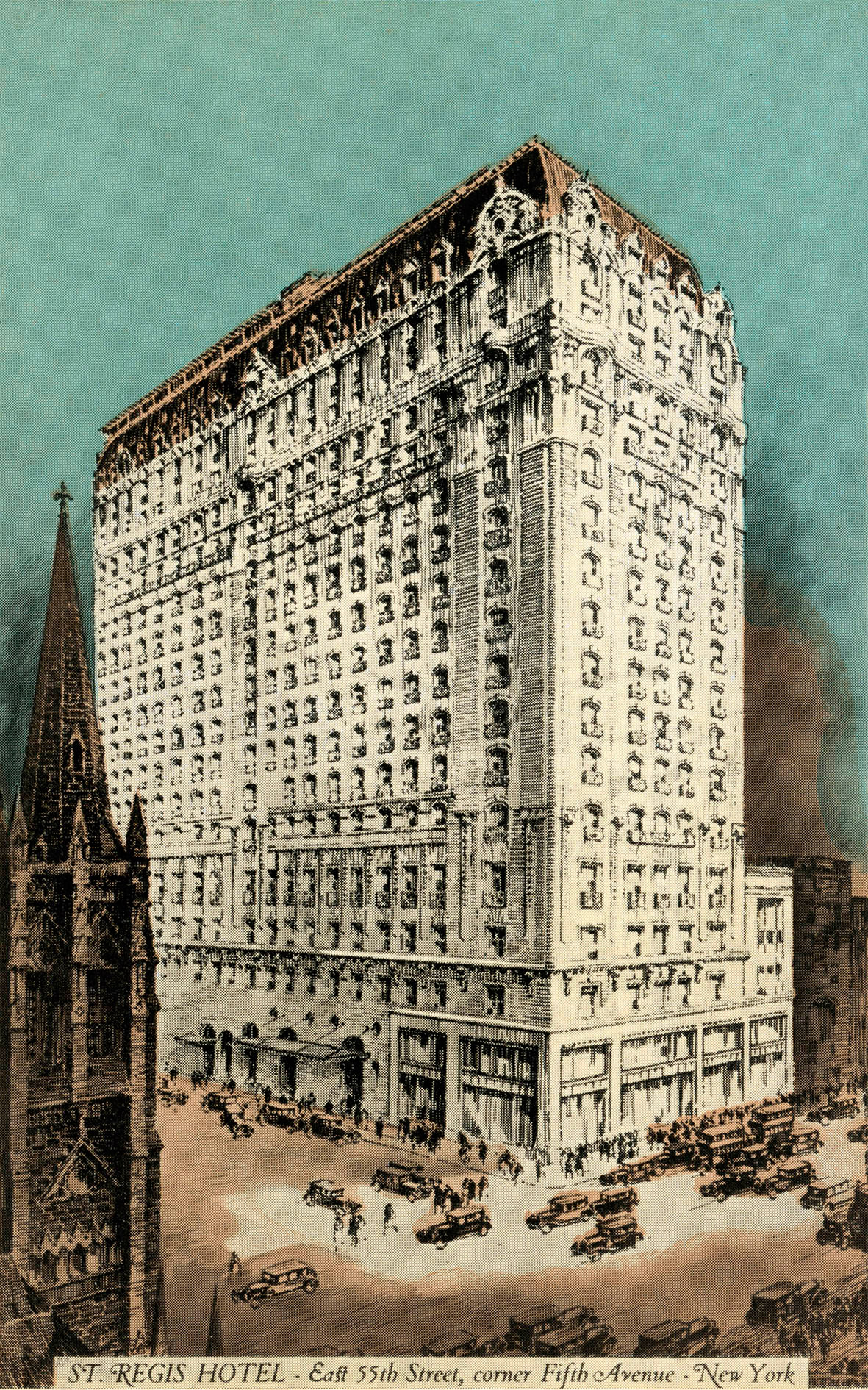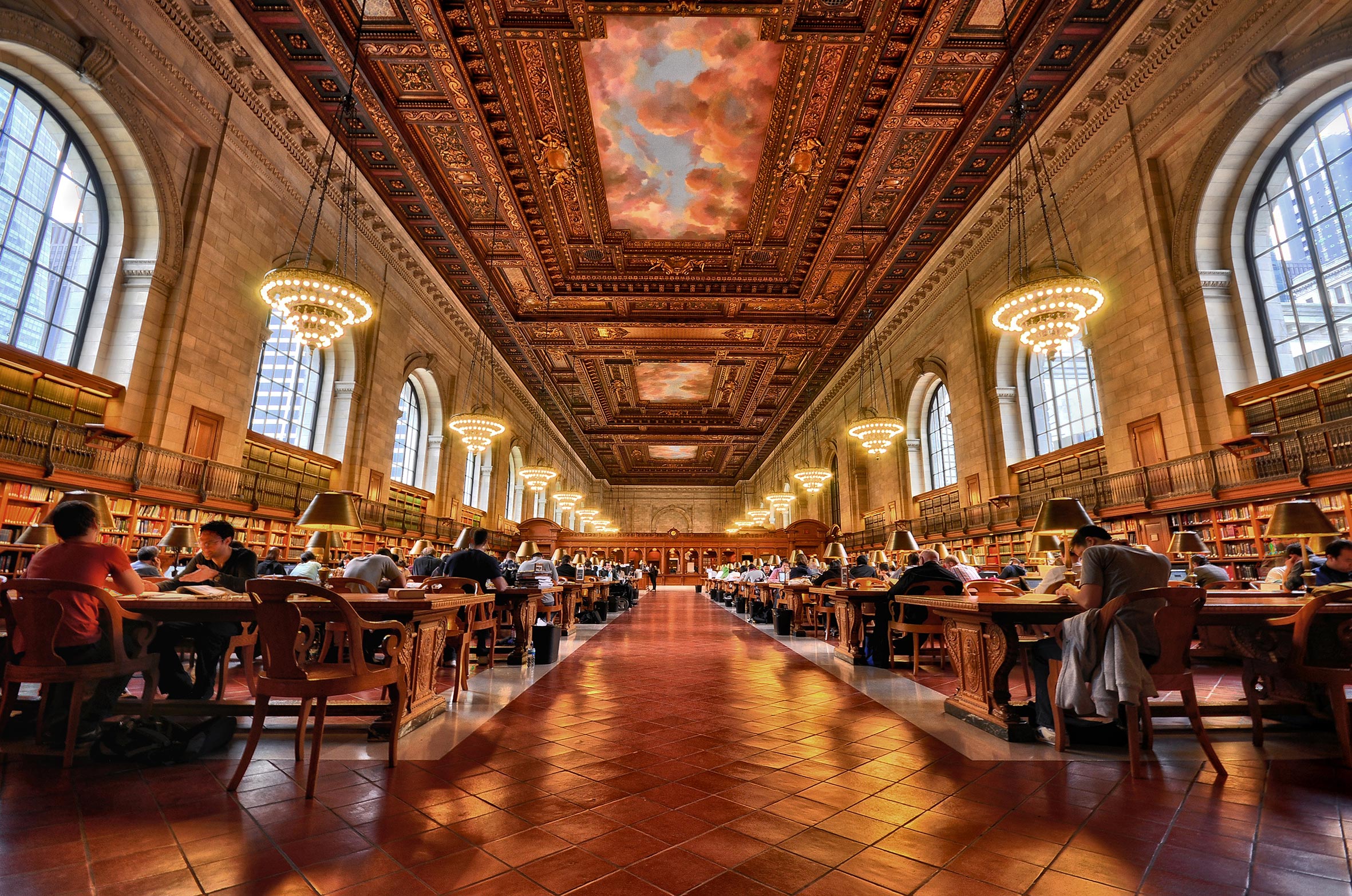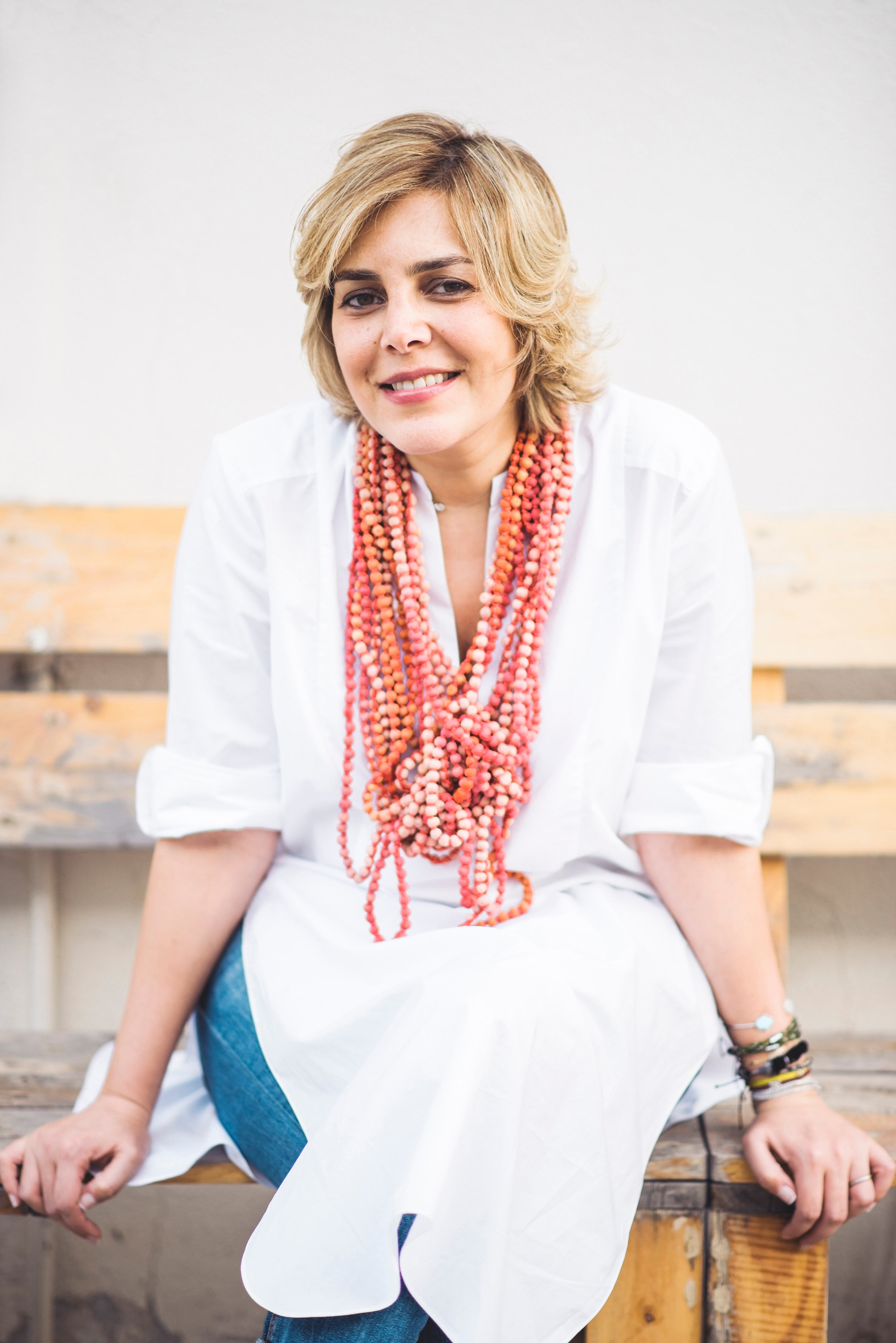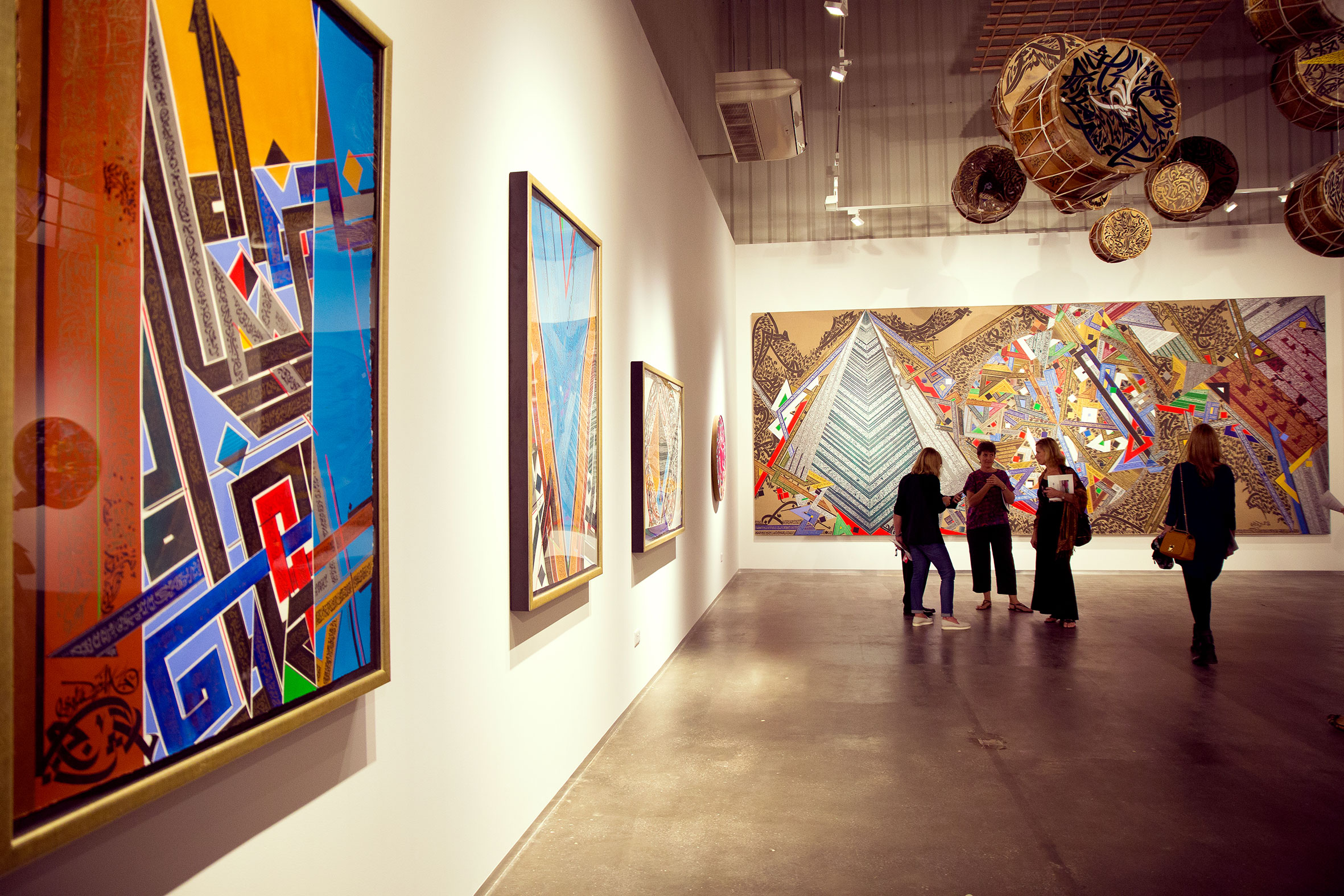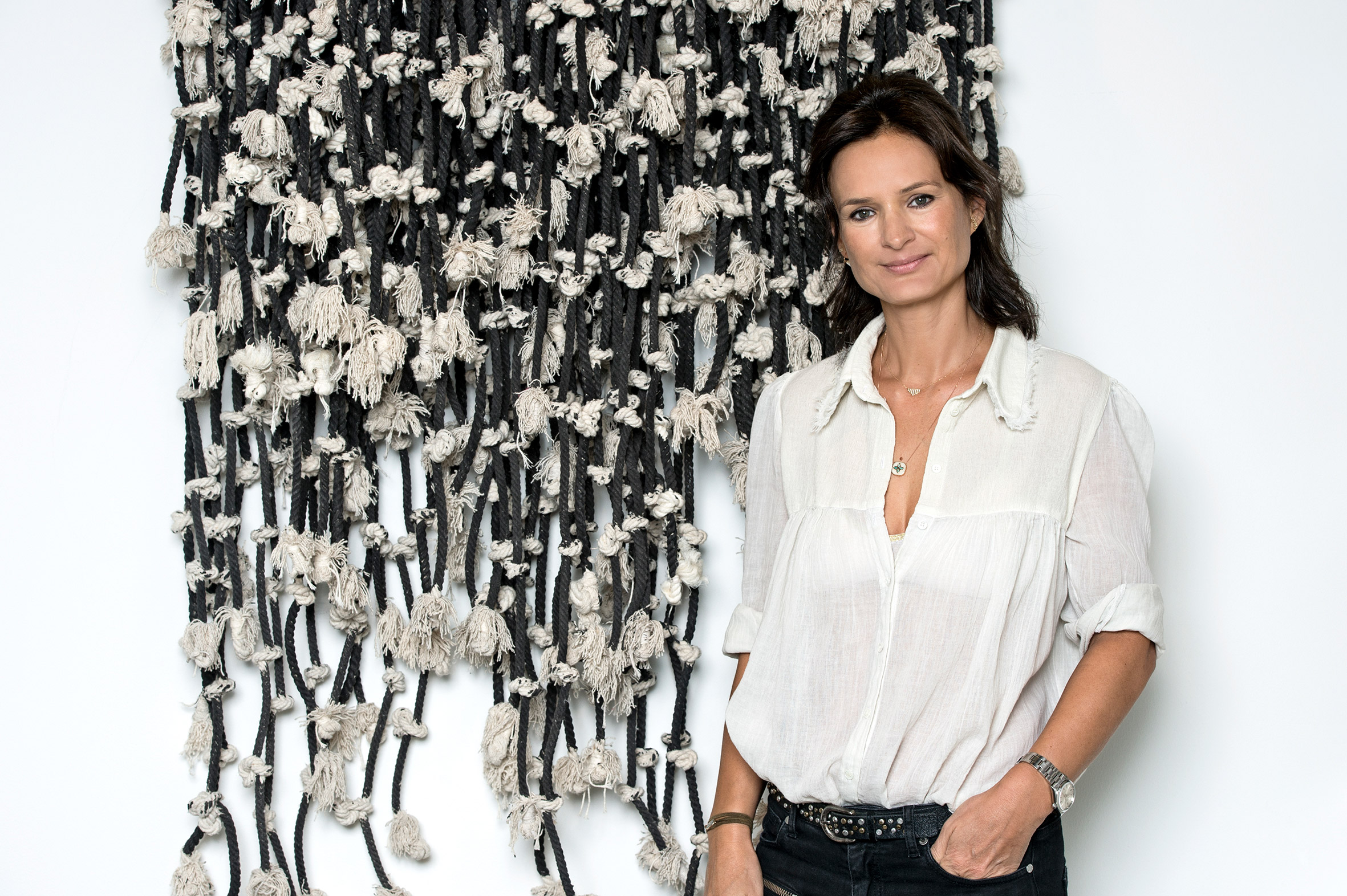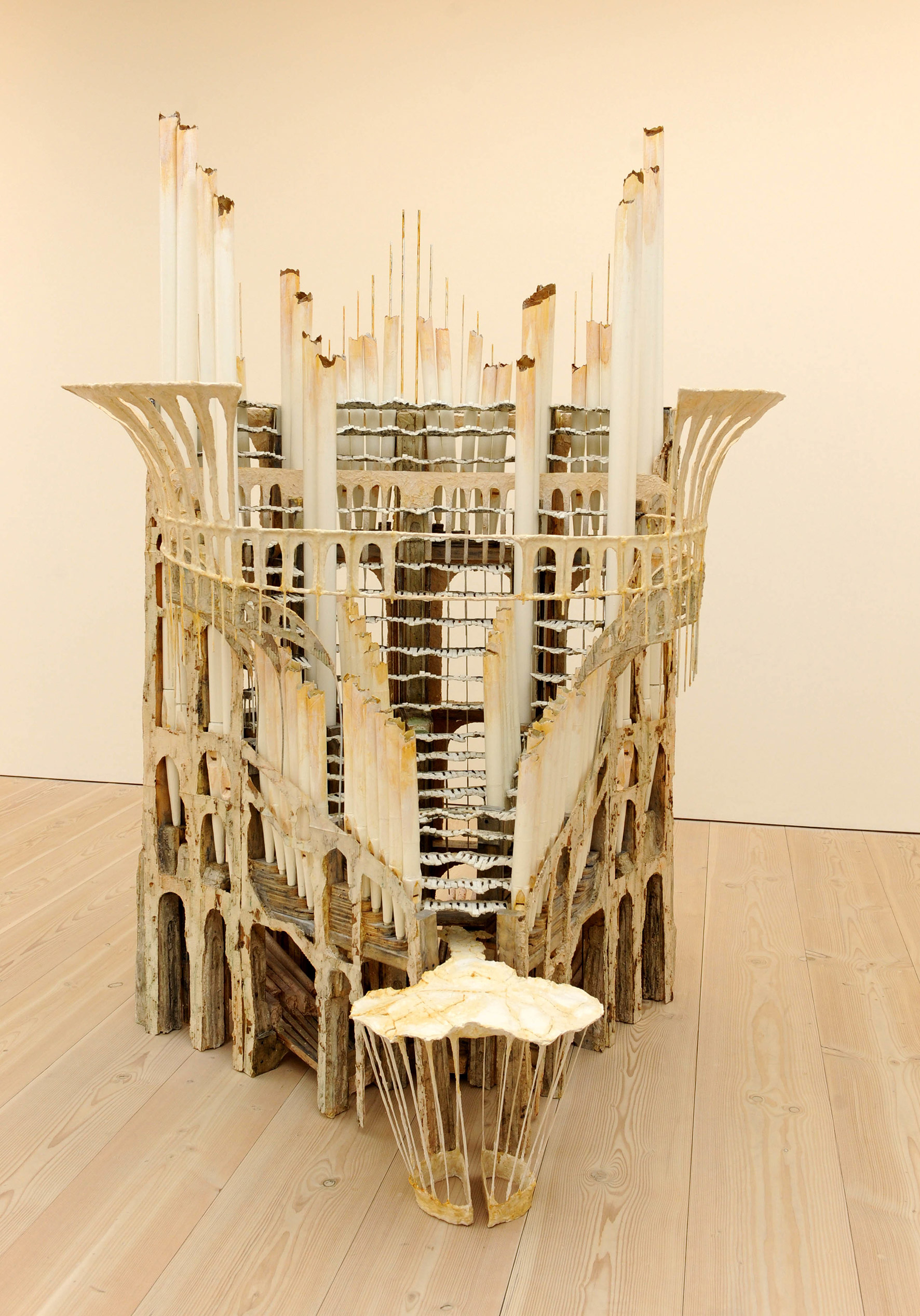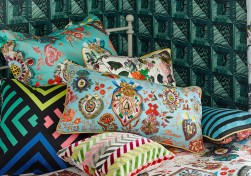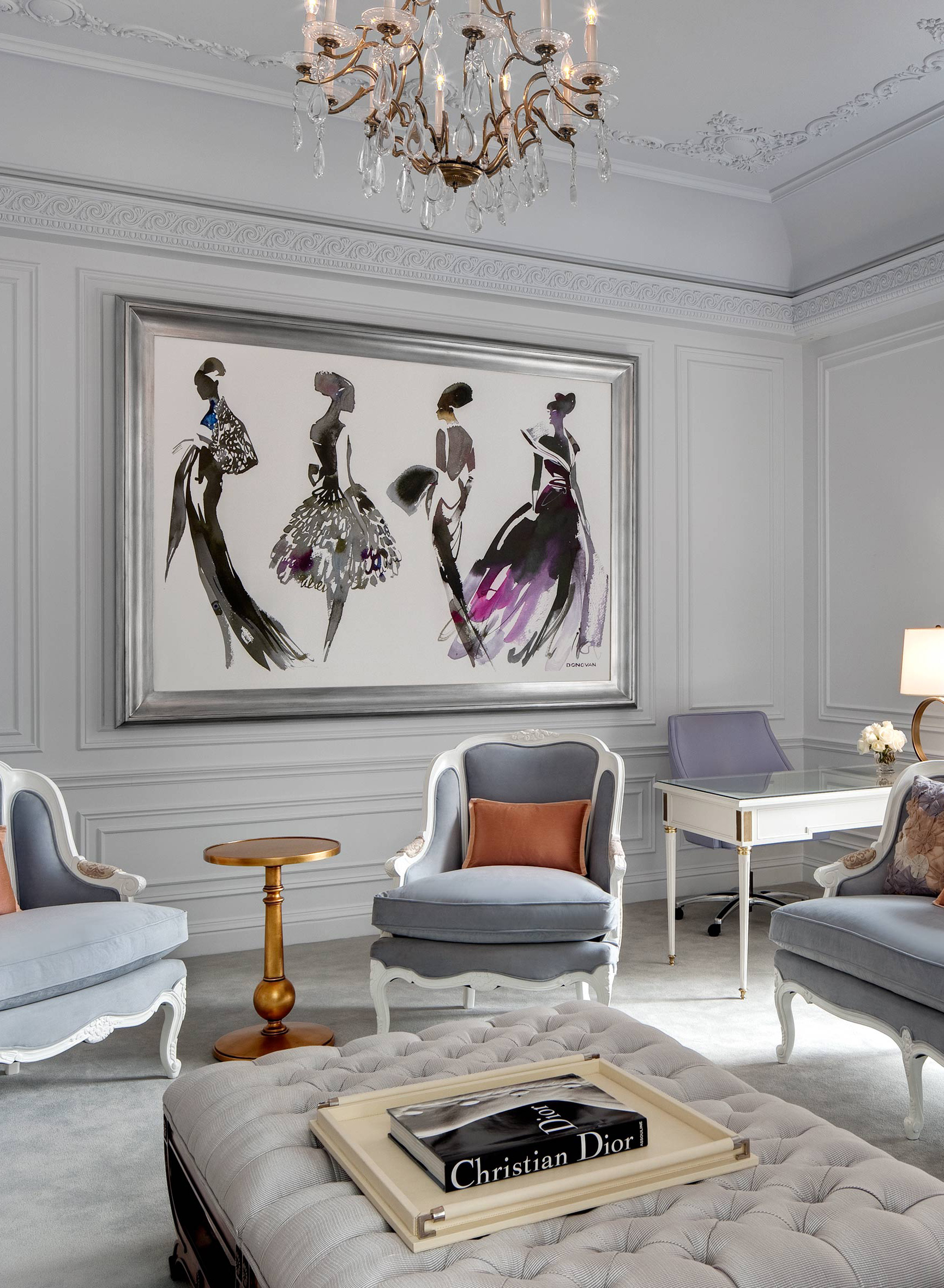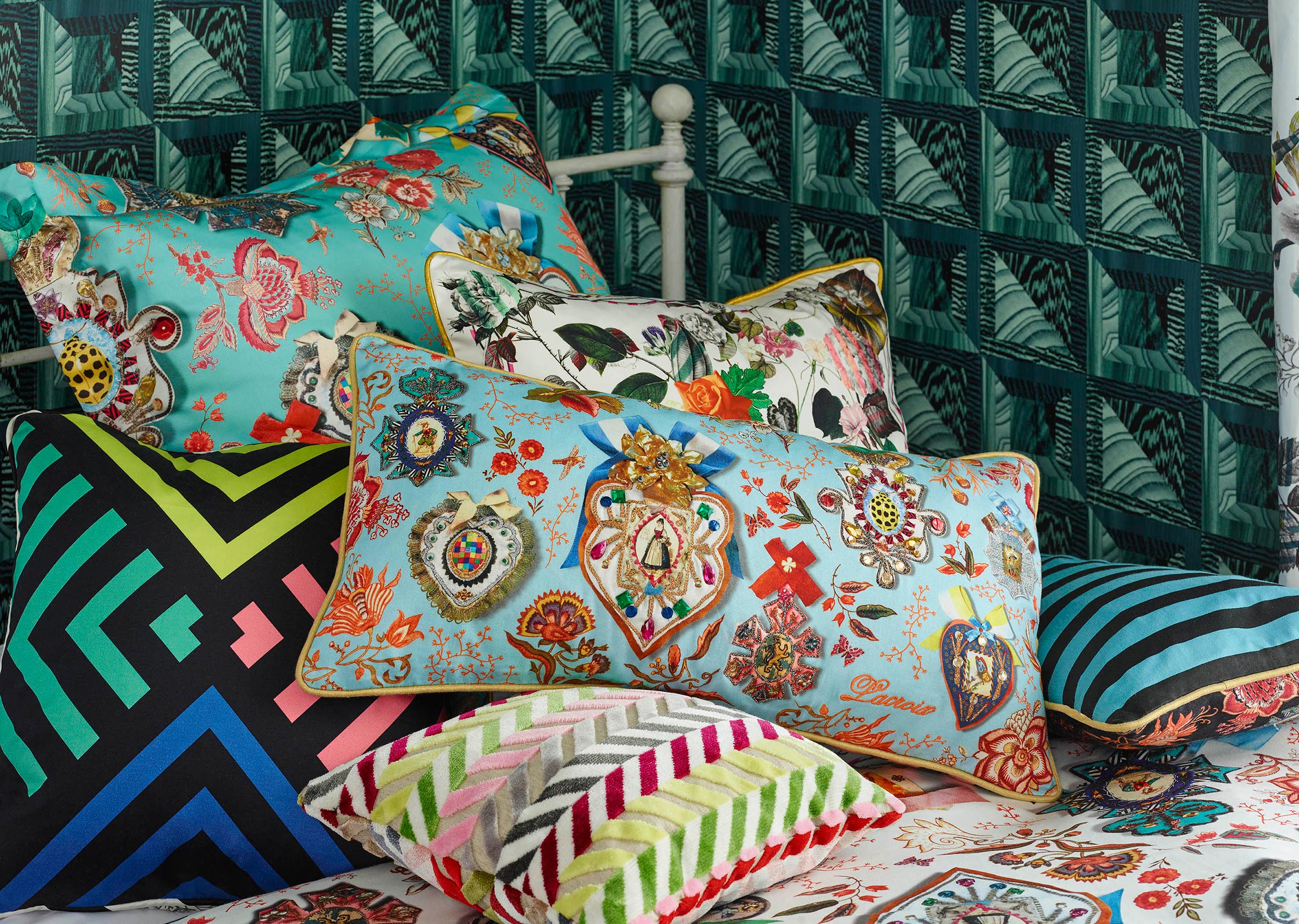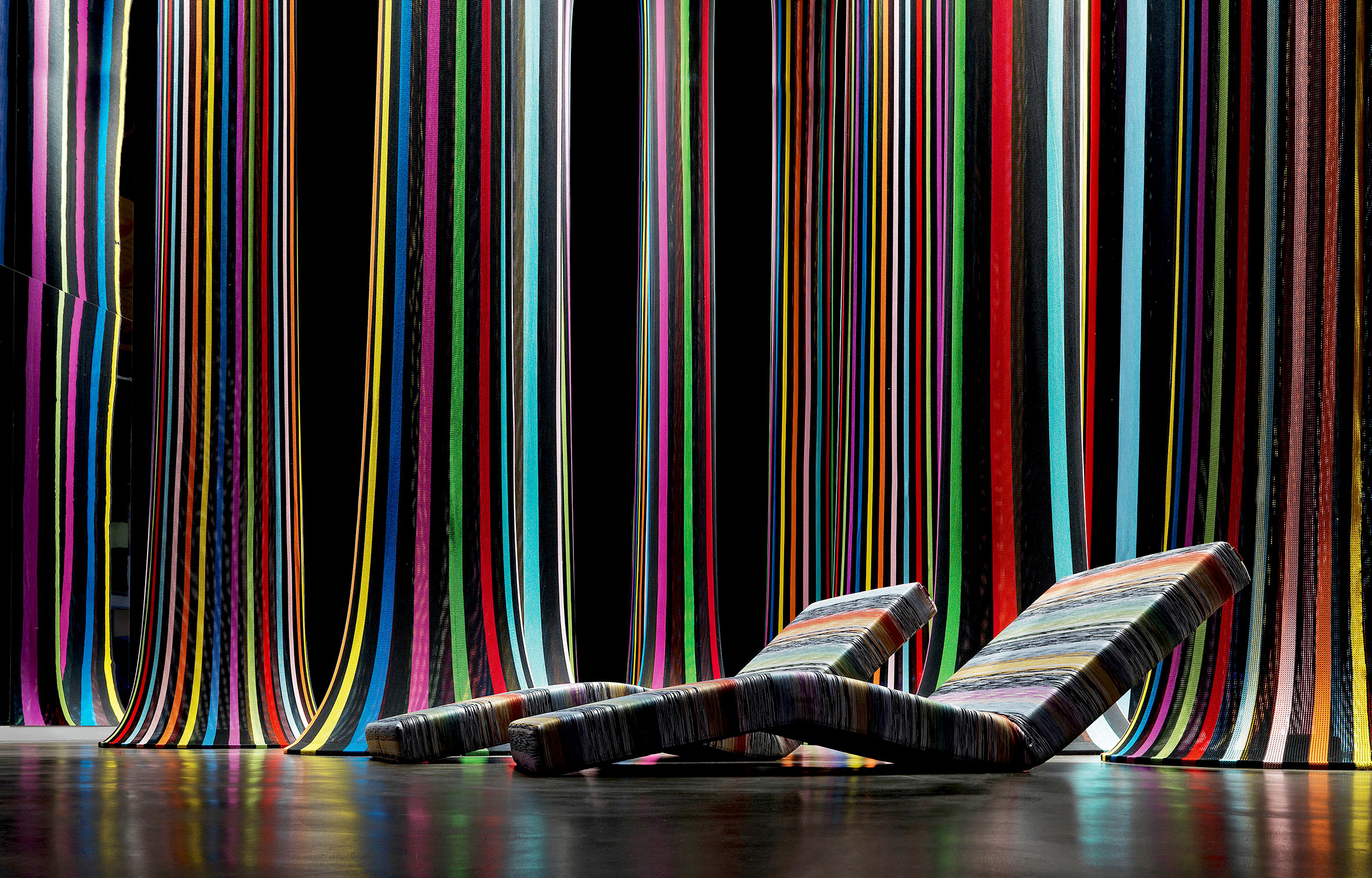Two years ago, a friend I hadn’t seen in years phoned me from Washington, D.C. He was in the city on business and knew I lived in the Blue Ridge Mountains of Virginia, but he said he didn’t have time to visit “the South”. I told him something that surprised him. “You’re in the South, Jonny. Look out of your hotel window. That’s Virginia on the other side of the Potomac River. I live 50 miles west of there. Tell me when you’re free, and I’ll take you on a drive. It’s another country out here – great characters.”
I understood my friend’s surprise that cool, cosmopolitan D.C. was a Southern city, largely because I had to amend my own hoary clichés about the South when I moved here from New York five years ago to a historic 1733 Quaker village named Waterford, in the Piedmont region of rural northern Virginia. We could see the Blue Ridge, part of the Appalachian Trail, from our front porch.
We’d moved because my wife, a dyed-in-the-wool Yankee, wanted our kids to feel the grass beneath their feet, but still have proximity to D.C. I wanted all the Southern stereotypes: mint juleps, crumbling antebellum mansions, redneck moonshiners tending stills on starlit nights. What we got was something so utterly different it still surprises me today.
The land around us turned out to be far more Hamptons than hillbilly. Luminous green meadows dotted with sheep and horses stretched to the horizon; historic country homes with wrought-iron gates and oak-shaded driveways stood sentinel on hilltops, like mansions out of Edith Wharton novels. On any given weekend, we would drive winding, stone-fenced country lanes to our local tavern and run into scarlet-jacketed fox hunters riding to hounds. Loudoun, it turned out, was the richest county in America.
But the wider region was rich, too – in history. The land between the Blue Ridge and Route 15, a narrow north-south blacktop that runs 180 miles from Pennsylvania, past Waterford, on down to Charlottesville, Virginia, is one of the most historic corners of the U.S. It’s The Place Where America Happened. No fewer than nine presidents have lived on it or nearby; some of the greatest battles of the Civil War, including Bull Run (first and second) and Antietam, took place here, and world historic documents, from the Declaration of Independence to the Constitution, were either drafted or inspired by events on its route.
My friend had two days to spare, and I took him on the drive I take all visiting friends: a 350-mile loop from the Capitol, west on Route 50, through the chic horse country towns of Middleburg and Upperville (where Jackie Kennedy rode to hounds), and down Skyline Drive on the crest of the Blue Ridge into rural Rappahannock County. We would stop at Montpelier, family home of James Madison, father of the Constitution, then loop back up Route 15, Highway of Presidents, arguably the most eventful road in U.S. history.
I picked him up at the St. Regis, where he was staying, and we did a brief Capitol tour, cruising past the Lincoln Memorial on The Mall, and the Jefferson Monument along the Potomac. No fewer than eight U.S. presidents were born in Virginia, the Old Dominion, including four of the first five. George Washington’s grand estate, Mount Vernon, stands on a high bluff overlooking the Potomac near Alexandria to the south of us; it’s not on our route but it’s an essential stop for any D.C. visitor.
For the first 40 minutes, Route 50 is bumper-to-bumper through the suburban sprawl, but nearing Aldie, a strange thing happens. As if you’ve crossed a border, the development clears, and you’re suddenly in glorious countryside: luminous green fields; forests of maple, oak and birch; the Blue Ridge Mountains shimmering in the distance.
Route 50 meanders 3,000 miles from Maryland, through America’s heartland to California, but the 30 miles where it passes through Aldie, Middleburg, Upperville and Paris in the Piedmont are arguably the most gorgeous 30 miles in Virginia. The towns date back to the 1700s, when the road became a busy route for traders from colonial Georgetown and Alexandria accessing the farms of the Shenandoah Valley across the Blue Ridge. Stables, inns, taverns and mills opened to cater to passing carriages and horsemen, and as the settlements grew, grand estates sprang up on their outskirts. Today, Middleburg is a sort of Hamptons for the D.C. set, but with horses instead of beaches.
I park outside Country Classics, a raffish boutique selling tweed coats and cravats, and watch as blondes in jodhpurs and leather riding boots step out of mud-splattered Range Rovers. Middleburg is the heart of the Mid-Atlantic show-jumping, steeplechase and fox-hunting scene. Even the coffee shop is called the Giddy Up. We pop into the Red Fox Inn for coffee, the oldest building in town, a low-slung fieldstone “ordinary” from 1729 that reminds me of the Dickensian taverns of London. Above the front desk are gracious thank-you letters signed by Jacqueline Kennedy Onassis, from visits the former First Lady made here in the early 1980s.
It was Jackie Kennedy who put Middleburg firmly on the map, 20 years prior to penning those letters. When J.F.K. was president, she wanted a weekend retreat from the White House for her and the children. The Kennedys rented Glen Ora, a grand estate south of town, one of those sprawling mansions with oak-shaded driveways. Jackie joined the Orange County Hunt, her kids attended the local pony club, and the paparazzi followed. Middleburg was never the same again.
We pop across the street to The Home Farm Store, a former bank converted into a gourmet food store by Cisco Systems co-founder turned organic farmer, Sandy Lerner. Everything here is from Lerner’s farm, Ayrshire. After a six-dollar Scotch egg, we motor west. It’s early afternoon and the Blue Ridge shimmers above fields of boxwoods and beech. Then, like a mirage, a red British phone box appears as we enter Upperville. Welcome to the Hunter’s Head, my favorite country pub.
The tavern is a warren of cozy, low-ceilinged rooms, their walls covered with cartoons of foxes in riding hats. Built as a farmhouse in 1750, it looks like it’s been serving ale to ruddy-faced regulars since George Washington’s time. We tuck into bangers and mash with fresh bread, then walk off lunch in the village. It’s tiny, with the handsome sandstone Trinity Church, a few stone houses hugging the road, and a gun shop selling vintage muskets and Remingtons. As John Updike noted in a 1961 poem for The New Yorker, Upperville is even fancier than Middleburg:
In Upperville, the upper crust
Say “Bottom’s Up!” from dawn to dusk
And “Ups-a-daisy, dear!” at will
I want to live in Upperville.
“Mr. Rogers, cocktails in the parlor at 6.45pm. Don’t be late!” It’s time to meet some local characters, including Nat Morison, 76, seventh-generation Virginia Brahmin, owner of Welbourne, a 1770s country estate on a rutted dirt road, 15 minutes’ drive away (near the famous Foxcroft School for girls).
Welbourne, a custard-yellow colonnaded mansion on Nat’s 500-acre family horse farm, is a Piedmont mansion that doubles as a guesthouse. It was turned into an “invitation-only” inn back in 1930 by Nat’s grandmother. Thomas Wolfe and F. Scott Fitzgerald were invitees, and both wrote stories about it. I stay in Wolfe’s room (creaking four-poster) just past the library, where an imposing portrait of Nat’s bearded great-great grandfather, Confederate Colonel Richard H. Dulany, stares at me from the wall. Dulany rode with the great Gray Ghost, guerilla fighter John S. Mosby, in the war, and road signs throughout the Piedmont still venerate “Mosby’s Confederacy”, as the region became known.
You visit Welbourne for warmth and character, not frills. Sherry, Nat’s garrulous Connecticut-born wife, gives us “the tour”: three floors of dust-covered armoires, antique travel chests, shelves cluttered with faded Country Life magazines and leather tomes on war and horses. Picture Downton Abbey, if Carson, Mrs. Hughes and the rest of the staff had gone to the village fair 30 years ago and never returned. The music room (Nat collects – and plays nothing but – pre-1930s New Orleans jazz 78s) has a still-working Aeolian Vocalion gramophone and an out-of-tune 1907 Steinway. “It’s the eternal question,” Sherry sighs. “Fix the pipes or the piano?”
To me, this sounds like an unmistakably English sensibility, but when I mention this over cocktails (Virginia Gentleman bourbon on the rocks), Nat bellows at me like I’m crazy. “England? How would I know? I’ve never been out of America – except to New Orleans.”
In the morning, we motor south, leaving Route 50 for Fauquier County on a narrow, stone-fenced lane towards The Plains. A promising sun is burning off yesterday’s cold, and the land changes subtly here, becoming flatter and drier, yellow grass in open fields making it resemble Montana. The Plains are aptly named. The actor Robert Duvall has a horse farm here and is a regular at the local Virginia Gold Cup steeplechase in May, the Piedmont social event of the year. My Waterford neighbor,Tom, a political consultant, tells me he does more business in one afternoon at the Gold Cup than he does in a month at the Capitol.
It’s time to hit the Blue Ridge, and from The Plains we drive due west, detouring through the orchards, hollows and deer-specked valleys of Naked Mountain, part of Sky Meadows State Park, before accessing Skyline Drive at the resolutely blue-collar Front Royal. Built in the 1930s as a public works project, Skyline Drive is a spectacular 105-mile traverse running north-south through Shenandoah National Park on the crest of the Blue Ridge. There are 75 cliff-edge viewing points on its course and low hanging oaks and willows form a natural tunnel part of the way. To me, Skyline Drive is more than a road; it’s a barrier and symbol. Below, to the west, the Shenandoah Valley, its great river a muddy snake on the plains, is the start of the American heartland, while down to the east, the Piedmont, as green and delicate as a country garden, clings to the ways and manners of the Old World.
Skyline Drive ends in the town of Charlottesville, home of another Virginia President, Thomas Jefferson, author of the original American document, the Declaration of Independence. His majestic plantation, Monticello, which he built in French Revival-style, stands atop a hill overlooking a sea of green forest. Somehow, 230 years of development in the nation he helped found have not encroached on his view.
We don’t have time for Charlottesville, though, and instead keep it local, exiting Skyline Drive on Route 211 at Thornton Gap, descending into Sperryville, a river-splashed Piedmont farming town somnolent in the shadows of the Blue Ridge. Seventy years ago this was a bustling outpost, last stop before the mountain for traffic heading south-west to New Orleans and beyond. Then, in the 1950s, the highway was built at Front Royal, and Sperryville fell into slumber. In retrospect, it saved the town. Today, it’s a bucolic retreat with a creative subculture of organic farmers, artists, chefs and artisans. I make my way to the River Arts District, former apple-packing sheds on the Thornton River, converted into studios, galleries, and a tapas restaurant.
The highlight is the Copper Fox Distillery, where fortysomething Rick Wasmund makes award-winning ryes and whiskeys using a unique technique: he accelerates the aging of his spirits by adding a sachet of small “chips” of charred wood (oak, apple, and cherry) to the aging barrel, increasing the wood surface area. The result is astonishing: rich, smoky spirits with a delicate, fruity finish. I ask him how he came by the method, and he tells me he was caretaker at an old mansion in Middleburg that had eight fireplaces. “I had to light them every night, and I got to experimenting with smoke and wood, which got me to thinking about whiskey.” A brief stint at a distillery in Scotland and, lo, an idea was born.
We consider the power of ideas an hour later. We have taken the scenic 231 South for an hour and found our way to another presidential home: Montpelier, home of James Madison, the fourth president. A handsome two-floor neoclassical mansion on a 2,500-acre estate, Montpelier was built by Madison’s father in 1764, and remained in the family until 1840. In 1901, it was bought by the duPont industrialists, who added a garish mural to its façade and a steeplechase track – as you do. But in 2008, after a painstaking $24-million restoration, it was returned to the way it originally looked back in Madison’s day.
From the second-floor library, I look out on the same incomparable Blue Ridge view Madison had surveyed in 1786 as he considered all those weighty questions. A towering intellectual, he read more than 400 books in seven languages while he was drafting the documents that would form the basis for the U.S. Constitution, including, as our guide explained, texts in original Latin, Hebrew and Greek. “They don’t make ’em like that anymore,” someone next to me mumbles.
It’s late afternoon by the time we double back on to Route 15, now part of The Journey Through Hallowed Ground national heritage area that links Jefferson’s Monticello to the Gettysburg battlefield in Pennsylvania, 180 miles to the north. Several other battles took place at points along its route including Manassas, site of the First Battle of Bull Run, the brutal first big clash of the Civil War. Waterford, my own town, lies just off it. I take Jonny to see it before driving him back to the St. Regis in D.C. We sit on the porch sipping a bourbon as the sun sets over Blue Ridge. For some reason I think of New York City and the big move south. I have no regrets. I’m in Virginia, where America began.
Your address: The St. Regis Washington, D.C.
